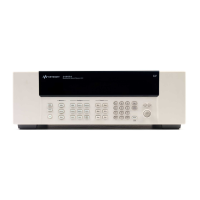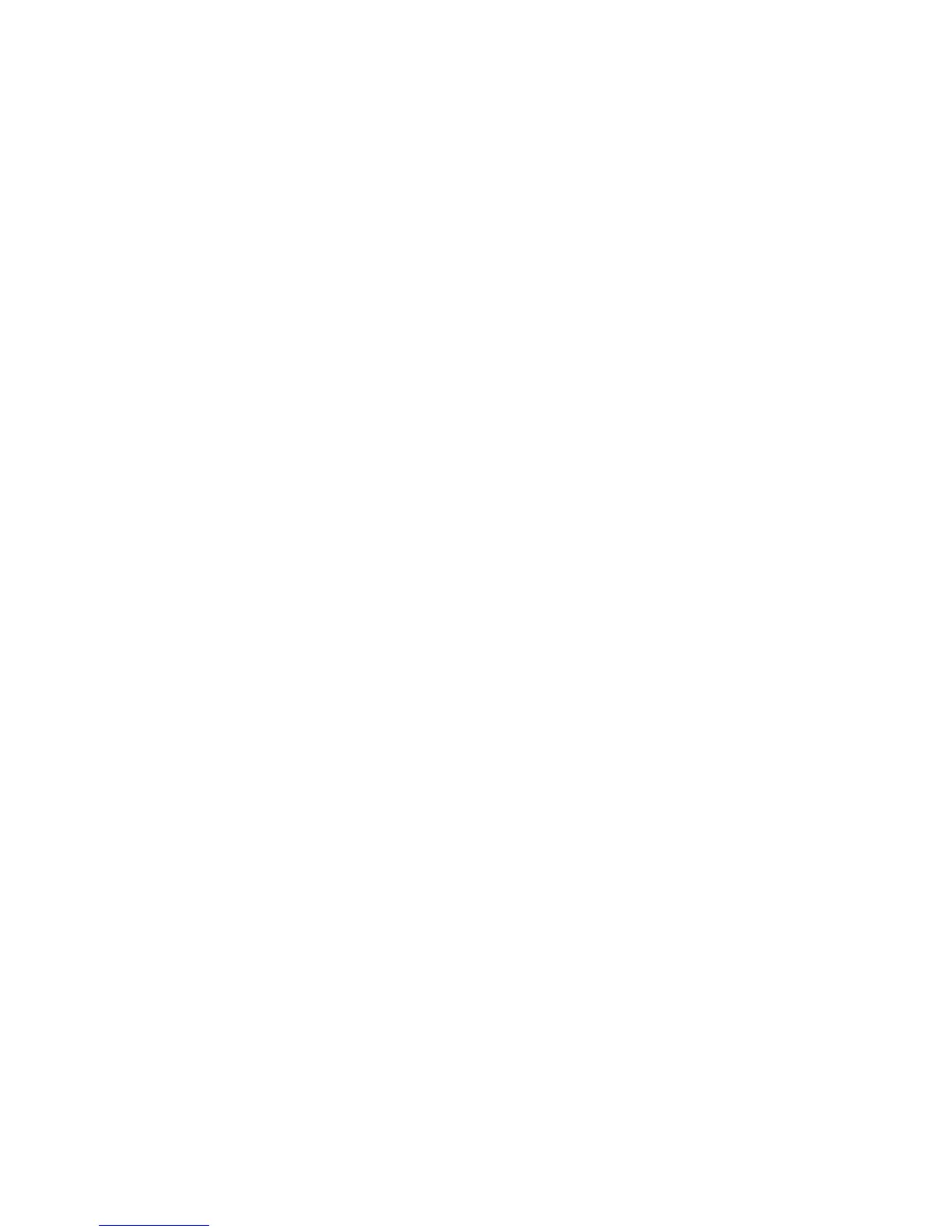64-Bit Digital I/O Module with Memory and Counter 10
34980A User’s Guide 277
Buffered I/O Operations
Each of the two banks on the 34950A has its own memory that can be
used to store patterns to output (traces) or to store input patterns. The
width of the first channel in each bank controls the width of the memory
operations. Memory may be used as:
• 64K x 8 bits
• 64K x 16 bits
• 32K x 32 bits
Buffered (Memory) Output
Each bank on the 34950A has its own memory for use in buffered
transfers. Changing a bank from an input to an output will clear all
memory for that bank. For buffered outputs, you download “traces” of
digital data to the memory. Multiple traces (up to 32) can be downloaded
into each bank. A specified trace is then output using the handshaking
parameters set.
The general steps to output from memory are:
1 Set the channel width and direction.
2 Set the handshake mode.
3 Set the trigger source.
4 Set the number of times to output the trace.
5 Load the trace(s) into memory.
6 Set which trace to use.
7 Enable the memory.
8 Trigger the output.
Set the channel width and direction. Use the SOURce:DIGital:DATA command
to set the channel width and set the channel as an output. Additionally,
the data specified in the command will be the initial state of the data
lines before the memory operation begins.
Set the handshake mode. You must use synchronous handshaking mode.
You can use either an internal or external strobe (clock) to pace the
outputs. Handshaking is described in more detail on page 270.
Set the trigger source. By default, the trigger source is set to use a
software trigger. You can also use one of the interrupt lines (see page
page 281) as a trigger source.

